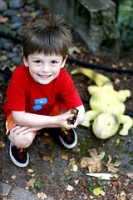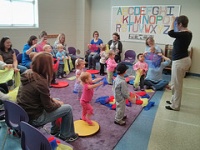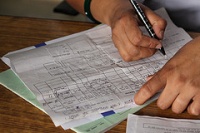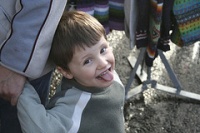
Q: Would you work on a lateral lisp in a 3-year-old? How? Most therapists would not treat a lateral lisp in a 3-year-old, but one could, and some do. Use the “Long T Method” and make it playful. Hold one end of a straw in front of the central teeth and have the child make a T. The airstream should go into the straw and amplify. Now make it “longer” — aspirate it. It won’t sound like “S” but it…







